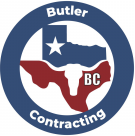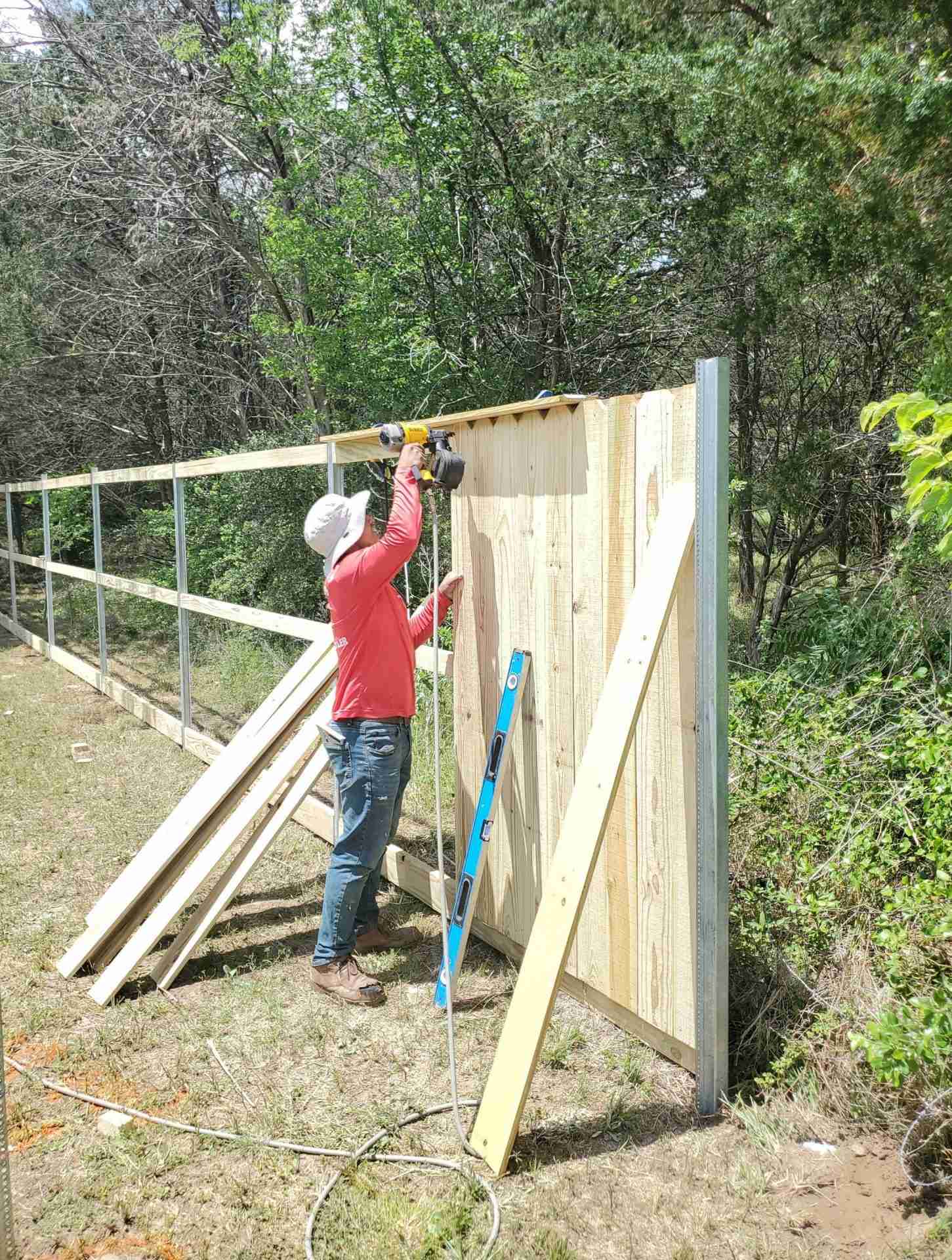The first thing you need to determine when building a fence is the specific area that you’re fencing in. If you’re wanting to maximize the area inside the fence, you can do so by building directly on the property line, but this comes with a unique set of circumstances in which the law is slightly fuzzy on and encourages neighbors to settle who is responsible for the fence before any dispute escalates into a court battle. In this article, we’ll lay out the specifics of getting the most area out of your fence and what possible consequences you’ll have to consider before breaking ground.
Confirm Your Property Lines
There’s usually a description of the property lines on your homeowner’s deed, but they are not always legally accurate. You can also get a metal detector to find the metal property pins in the ground, which will allow you to mark the boundaries of your property. However, just because you may have found a property pin doesn’t necessarily mean it is in fact your property pin marking your property boundary. Which makes locating the pins on your own unreliable. The best way to have the most accurate mapping of your property boundaries is to get a boundary survey. If you have a survey done, you will receive a document that will act as proof of your property lines.
Can I Build a Fence On The Property Line?
In Texas, there is no law regarding whether or not you can build on the property line, which means that it is legal. In most cases, if the fence is built directly on the property line, it is considered to be jointly owned. Consequently, you and your neighbor have equal responsibility for the fence. Ideally, this is all settled prior to the construction of the fence by verbal agreement with your neighbor, which is considered to be legally binding. If you both want a fence, it’s acceptable to come to an agreement where you both pay for half of the fence and agree to who is responsible for maintaining the fence or parts of the fence. There are, however, court cases that have set precedents for these situations, and according to FindLaw, if only one neighbor pays for the fence, it is not considered a common fence but is the exclusive property of the one who had the fence built.
The best way to approach building a fence on the property line is to make sure that your neighbors are in favor of it and that you’re both in agreement with who is responsible for the fence. If everybody is happy, then nobody is going to court over a boundary dispute.
What If My Neighbors Suck?
Okay, so maybe your neighbors don’t suck, but you’d like to avoid getting their permission and coming to an agreement with them about the fence. It’s common that a fence is built 2-8 inches back from the property line. If the fence is within the boundary line, by law, you own it.
This does come with some stipulations that you should be aware of:
- Whatever land is outside of the fence but within the boundary line, you are responsible for maintaining.
- The land outside of the fence but within the boundary line could be subject to Prescriptive Easement or Adverse Possession.
Prescriptive Easement
If part of your property is outside of the fence you built, it’s pretty clear that you’re not really using it. In this case, your neighbor can claim Prescriptive Easement. They don’t have legal ownership of that part of the property, but under Prescriptive Easement they have the legal right to use it.
Adverse Possession
If your neighbor decides to use that area outside of your fence and they do so for a number of years, they could claim Adverse Possession, in which they would legally own that property that was once yours.
Check Rules and Regulations for Your Specific Situation
Everything mentioned thus far is mostly according to state law and general standards, but you may be subject to other governing authorities that have different expectations. If you are a part of an HOA, you’ll definitely want to make sure that you’re in compliance with not only how far back from the property line the fence is, but also the height and material as well. If you go outside of the rules of your HOA, you could be subject to fines.
In the case of a local Bastrop, TX development, Tahitian Village’s fence rules are determined by a POA (Property Owners Association), which operates similarly to an HOA. If you would like to know more about the fence rules in Tahitian Village specifically, we highly recommend you read this article. If you would like to know more about the specific fence rules for the City of Austin, read this article.
Do These Things Before Building a Fence Near a Property Line
Talk with an Expert
Find someone who is familiar with fence building and zoning laws in your area or neighborhood. This could be the fence installation professional you hire, your HOA president, or a local government representative.
Talk to Your Neighbors
If you’re going to build directly on the property line, getting your neighbor’s consent is a must. Even if you’re building back away from the line, it’s always a good idea to know how your neighbors feel about the fence. If it turns out that you both want a fence and would like to have joint ownership, perhaps you can agree to split the costs and responsibility for the fence.
Get a Boundary Survey
This is one of those things you probably don’t want to do, but you’ll be glad you did. You can sleep easy at night knowing that you built your fence in the right place and won’t have to deal with any property line disputes in the future.
Design Your Fence in Compliance With the Rules
Whatever you find out about fence expectations for the area you live in according to zoning laws and your HOA, it’s important to follow through and make sure that the fence you build is in compliance with the rules. You don’t want to have to tear down a fence because it’s in the wrong place. Make sure it’s done right the first time.
Get a Permit
Before you build, you’re going to need a permit. You’ll have to submit an application to the proper authorities in order to get a permit for building a fence. In the case of Tahitian Village, you’ll need to submit an application to the Architectural Control Committee.
Call 811
This one is often overlooked, but calling 811 and having someone come out to mark your utilities is one of the best practices for building fences. Marking the utilities prevents you from accidentally damaging a utility line that runs underground.
Hire Butler Contracting to Install Your Fence!
All of these details can be overwhelming and if you’d like to hire a fence company with extensive experience with these matters, look no further than Butler Contracting! We can make sure that the fence goes in the right place while adhering to all rules and regulations for your specific situation. Give us a call at (844) 628-8537 or contact us on our website to get a free quote.



